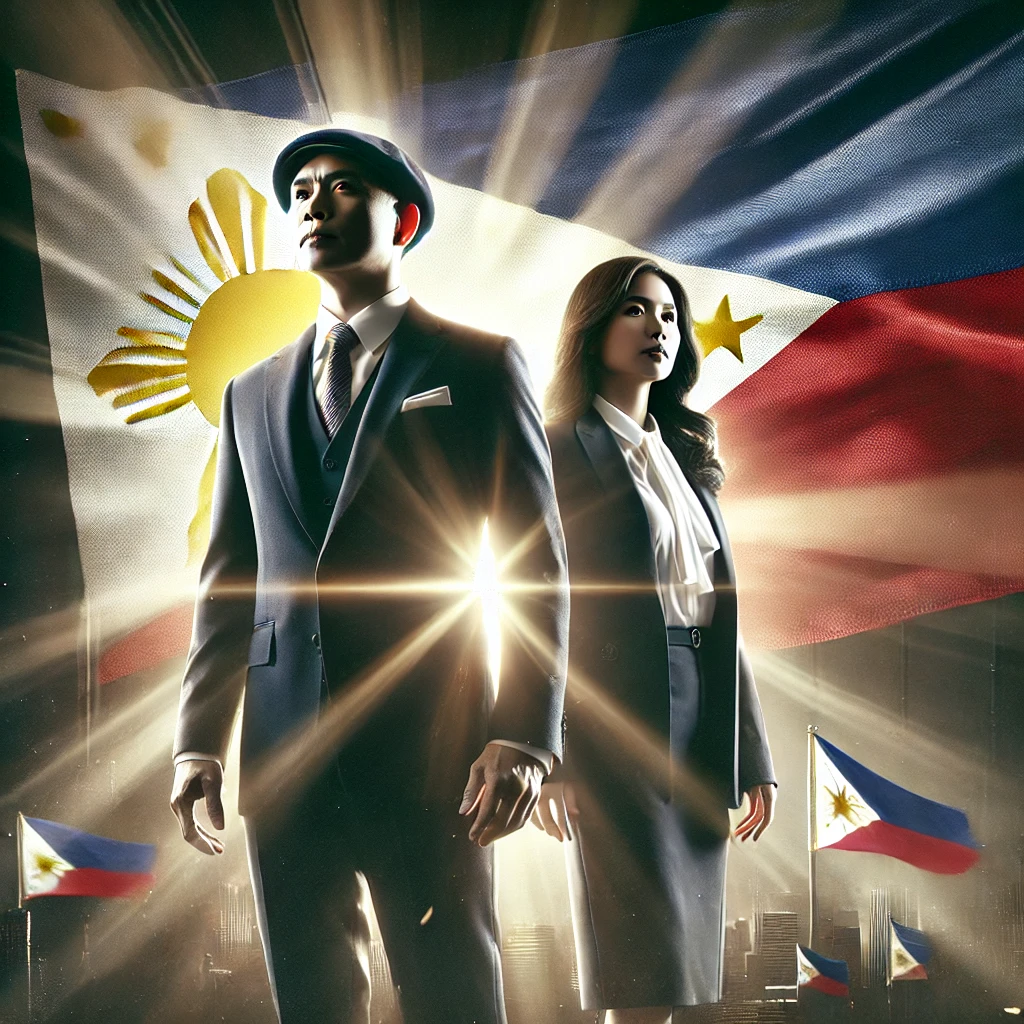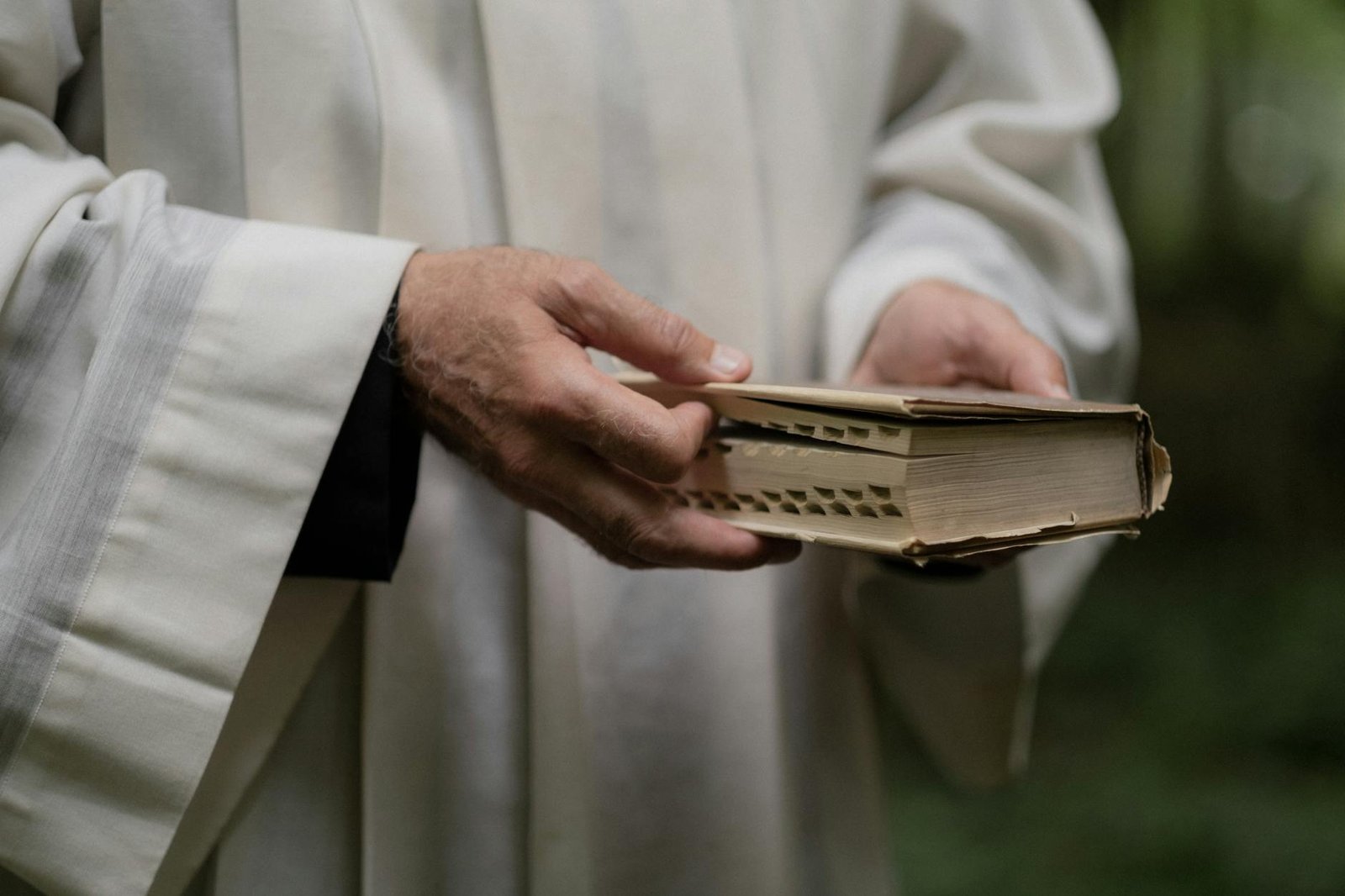
The Filipino spirit is often defined by its unwavering resilience in the face of adversity. This characteristic, deeply embedded in the nation’s history, manifests in both collective and individual struggles. From colonial oppression to modern socio-economic challenges, Filipinos have consistently demonstrated that no matter how battered they become, they remain the protagonists of their own stories.
Historical Roots of Filipino Resilience
Filipinos have endured centuries of hardship, from Spanish colonization to the oppressive rule of other foreign powers. Despite these challenges, they never lost their identity or will to fight. The Philippine Revolution of 1896 stands as a testament to this resilience, as Filipinos, despite being outgunned and outnumbered, rose against colonial rule.¹ Similarly, the resistance against Japanese occupation during World War II highlighted the nation’s refusal to succumb to oppression.²
This resilience is not just historical but deeply personal. Many Filipinos, particularly Overseas Filipino Workers (OFWs), endure grueling labor conditions abroad to provide for their families back home.³ Likewise, local workers, such as jeepney drivers and market vendors, continue striving amid economic challenges. Despite these hardships, Filipinos push forward, proving that suffering does not define them—it fuels them.
The “Battered but Still Standing” Mentality
The Filipino’s ability to withstand adversity is reflected in cultural narratives. Philippine literature and media often depict protagonists who endure relentless hardships yet emerge victorious. For instance, the classic Noli Me Tangere by José Rizal illustrates the plight of Filipinos under Spanish rule and their resilience in seeking justice.⁴ Similarly, contemporary teleseryes (soap operas) frequently showcase protagonists who, despite being wronged, rise above their struggles—mirroring the realities of many Filipinos.
Beyond fiction, this mentality is evident in real-life scenarios, especially in the aftermath of natural disasters. As a country prone to typhoons, earthquakes, and volcanic eruptions, the Philippines constantly faces devastation. Yet, communities always rebuild with a sense of hope and unity. The spirit of bayanihan, the Filipino tradition of communal cooperation, reinforces the idea that no matter how beaten down one may be, survival and perseverance are collective efforts.⁵
Hope as the Driving Force
One of the reasons Filipinos remain protagonists in their own narratives is their deep-rooted sense of hope. Whether through faith, family, or personal ambition, there is an unshakable belief that better days are ahead. This hope fuels perseverance, inspiring people to work harder and strive for a brighter future.
The phrase “Habang may buhay, may pag-asa” (As long as there is life, there is hope) encapsulates this mindset.⁶ Even in the direst circumstances—whether facing poverty, corruption, or calamities—Filipinos cling to optimism, refusing to be defined by their struggles.
Conclusion
The ability to endure and remain the protagonist despite being battered is not just a Filipino trait—it is a national identity. History, culture, and everyday struggles reinforce this resilience, proving that Filipinos refuse to be mere victims of circumstance. Whether facing personal hardships, economic struggles, or national crises, they continue to write their own stories, embodying the belief that while they may be bruised, their spirit remains unbroken.
In the grand narrative of life, the Filipino will always rise, reclaiming their role as the protagonist—battered but never defeated.
Footnotes
¹ Teodoro A. Agoncillo, History of the Filipino People, 8th ed. (Quezon City: Garotech Publishing, 1990), 156-158.
² Ricardo T. Jose, “The Philippine Army, 1935-1942,” in Kasaysayan: The Story of the Filipino People, vol. 7 (Manila: Asia Publishing Company, 1998), 210-215.
³ Rhacel Salazar Parreñas, Servants of Globalization: Migration and Domestic Work (Stanford, CA: Stanford University Press, 2001), 48-52.
⁴ José Rizal, Noli Me Tangere, trans. Ma. Soledad Lacson-Locsin (Manila: Bookmark, 1996), 102-105.
⁵ Reynaldo C. Ileto, Pasyon and Revolution: Popular Movements in the Philippines, 1840-1910 (Quezon City: Ateneo de Manila University Press, 1979), 67-70.
⁶ Virgilio S. Almario, Tradisyon at Wikang Filipino (Quezon City: University of the Philippines Press, 2006), 89-91.





